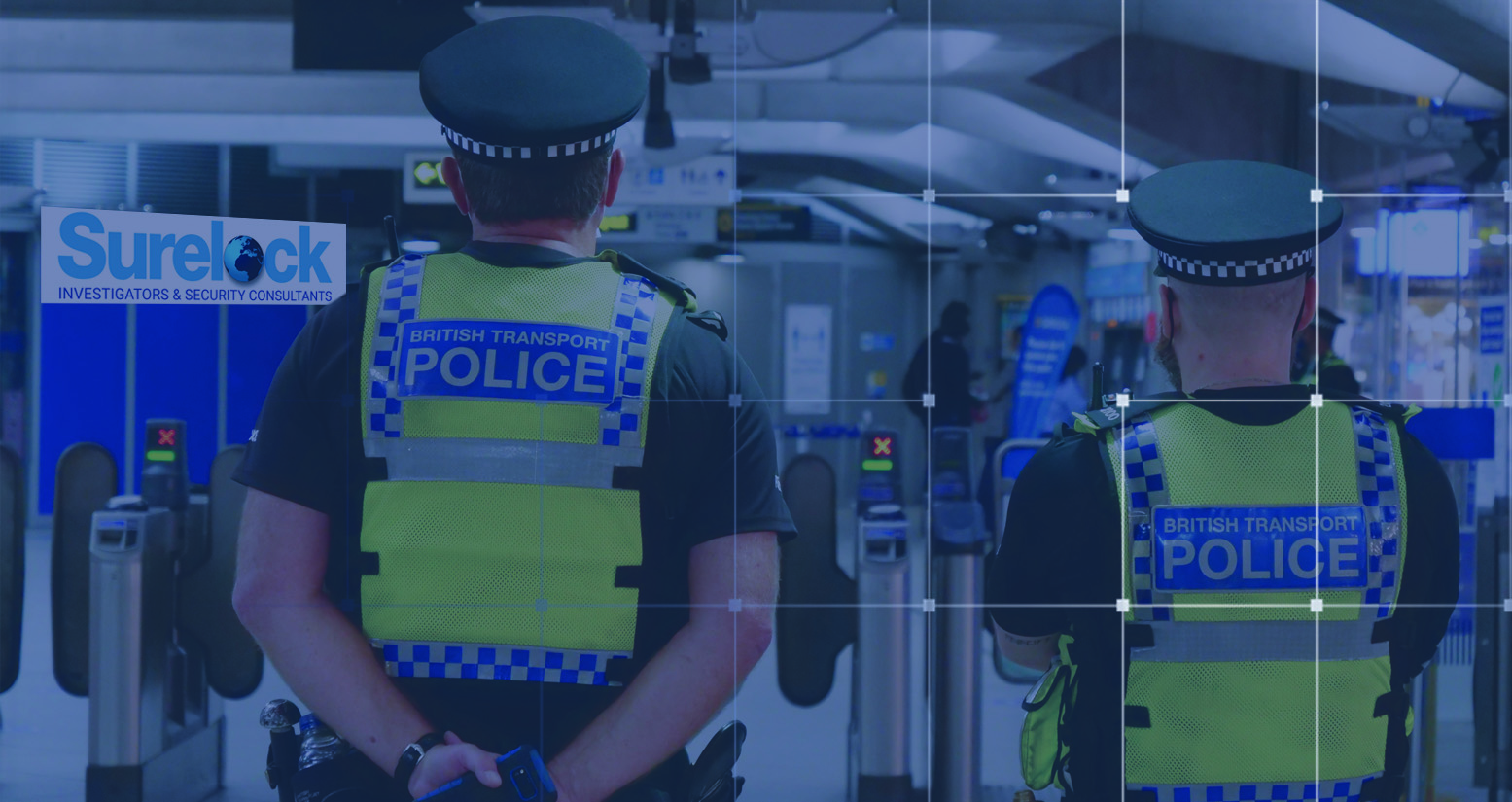Surelock and our Senior Security Consultant Stewart Brown have been preparing for Martyn’s Law since it’s inception, we have a dedicated page on our web site - https://www.surelock.org/services/martyns-law
We publish monthly blogs to help businesses plan for the future implications –
https://www.surelock.org/blog-posts/how-does-martyns-law-affect-small-business-owners
https://www.surelock.org/blog-posts/when-will-martyns-law-be-introduced
https://www.surelock.org/blog-posts/martyns-law-for-event-organisers-what-you-need-to-know
https://www.surelock.org/blog-posts/martyns-law-and-how-we-can-help-you
https://www.surelock.org/blog-posts/what-is-martyns-law-and-how-can-we-help-you
https://www.surelock.org/blog-posts/what-is-martyns-law-and-how-does-it-affect-your-business
All public accessible locations (PAL's) under the Terrorism (Protection of Premises) Act 2025 - Martyn's Law in the United Kingdom, where there are at any one time have more than 200 persons will require the venue to comply with this legislation.
The first thing that owners/operators should be asking themselves and their management are "Does Martyn's Law apply to my business?”
VENUES THAT FALL INTO MARTYN'S LAW SCOPE
The act has identified seventeen different types of venues/businesses/outlets (not including events) that would fall into the Schedule 1 'Specified Uses of Premises' act categories.
If the entire venue has the capacity to have over 200 persons (members of the public including employees/staff - wording of 'persons' & 'individuals' will have to be defined in the forthcoming Statutory Guidance?) in the building or grounds then the owner/operators will need to have identified a responsible person, who has control of the premises and to have been registered with the Security Industry Authority (SIA) stating such and provided in writing their "Public Protection Procedures - Standard Tier Premises or Standard Duty Premises" as confusingly detailed in the act.
QUALIFYING PREMISES
Qualifying premises are explained as such:
(2) Premises are "qualifying premises" if -
- The premises consist of a building or a building and other land (and for these purposes "building" includes part of a building or a group of buildings).
- the premises are wholly or mainly used for one or more uses specified in Schedule 1,
- It is reasonable to expect that from time to time 200 or more individuals may be present on the premises at the same time in connection with one or more uses specified in Schedule 1, and
- The premises are not specified or described in Part 1 of Schedule 2 (excluded premises).
(3) Qualifying premises are -
- "Enhanced duty premises" if it is reasonable to expect that from time to time 800 or more individuals may be present on the premises at the same time in connection with one or more uses specified in Schedule 1.
- "Standard duty premises" in any other case.
(4) Subsection (3) is subject to any provision of Schedule 1, which premises for qualifying premises to be enhanced duty premises or standard duty premises in certain cases (regardless of how they otherwise be treated).
(5) Where qualifying premises form part of other qualifying premises -
- if the same person is responsible for two or more premises, those two or more premises are to be treated as one set of qualifying premises, and
- subject to paragraph (a), this Part applies in relation to each of the qualifying premises.
IDENTIFIED VENUES/BUSINESSES/OUTLETS
The seventeen (17) different types of venues/businesses/outlets include the following: 1 - Shops etc, 2 - Food & drink, 3 - Entertainment & leisure activities, 4 - Sports grounds, 5 - Libraries, museums & galleries etc, 6 - Halls etc, 7 - Visitor attractions, 8 - Hotels etc, 9 - Places of worship, 10 - Health care, 11 - Bus stations, railway stations etc, 12 - Aerodromes, 13 - Childcare, 14 - Primary & secondary education, 15 - Further education, 16 - Higher education and 17 - Public authorities.
There is some brief explanation of these types of specified premises in the act, but each will need to be clearly and concisely defined in the ( to be provided) Statutory Guidance by the UK Home Office in hopefully the not-too-distant future (before 3rd April 2027).
MARTYN'S LAW CHECKLIST FOR BUSINESS OWNERS
The proposed checklist to consider "Does Martyn's Law apply to my business" should be as follows:
- Is my premises identified in Schedule 1 - Specified Uses of Premises.
- Is my premises in the immediate vicinity of premises or event where it is suspected that an act of terrorism is occurring, or is about to occur, on their premises/event - Part 1, Section 5(3) Public protection procedures.
- Do we accommodate more than 200 individuals at any one time at the premises.
- Are our premises correctly recorded with all UK HM Government Departments & all Public Authorities.
- As owners/operators are we effectively recorded/registered with UK Land Registry.
- Can we correctly register with the Security Industry Authority (SIA).
- Does our premises effectively comply with all UK laws, licensing requirements and regulations.
- Have we sufficient and effective public protection procedures to comply with this act.
- Obtain sufficient Terrorism Insurance or other similar effective insurance for your premises
The eventual Statutory Guidance will (or should) define, advise and provide information of all the requirements to enable registration and compliance with Martyn's Law.
OBTAIN ASSISTANCE
Security Consultants and Private Investigators Surelock International Limited can assist any owner/operators of premises in complying with this question "Does Martyn's Law apply to my business " so feel free in contacting us - https://www.surelock.org/contact-us and one of the team will be happy to assist.






